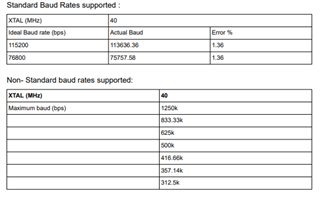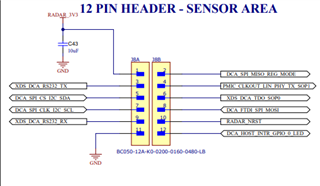Other Parts Discussed in Thread: IWRL6432AOP, , IWRL6432, MMWAVE-L-SDK, IWRL6432AOPEVM
Tool/software:
Hi friends I am new to TI radar sensors, I want to develop a low powered (Battery operated) radar sensor based product that can be used as distance sensor, People Counting Sensor, Presence Detection Sensor and later on Possibly motion and gesture detection. While going through the radar sensor portfolio I found out there are multiple sensors available and I am not sure which one to select. My requirements are as following:
1.Low Power consumption for good battery life at least for distance sensing project which needs to happen once in 2-5 minutes periodically and then idle or sleep to save power in Building Automation/Management Systems.
2. I noticed some of the radar sensors are with DSP and some are not. As per my understanding I can directly get the processed data through interface from those which are equipped with DSP and those who do not have DSP will provide the raw data and I have to use another MCU to process the data. Am I correct?
3. If I want to go with radar sensor without DSP such as IWRL6432AOP and use my own MCU for processing the raw data, what should be the specifications of that MCU that can process the data without any issue.
4.Do Texas Instrument provide the radar signal processing driver shared/static with algorithms that can be used for my MCU to get the meaningful data?
4. If I want to go with the radar sensor with DSP such as IWR1843AOP what would be the power consumption of these sensor+DSP combined? I want to send this processed distance data to a gateway through BLE communication and for that I have to use another MCU(nrf52833) that will sit on the same PCB as sensor + DSP and receive processed data from them and send it to gateway through BLE. This is the reason I am concerned about the power consumption of the complete project. In Idle mode the nrf52833 consumes 25microAmp and while communicating it goes near 35microAmp.
Any kind of suggestion in this matter will be really helpful, Thank You.



